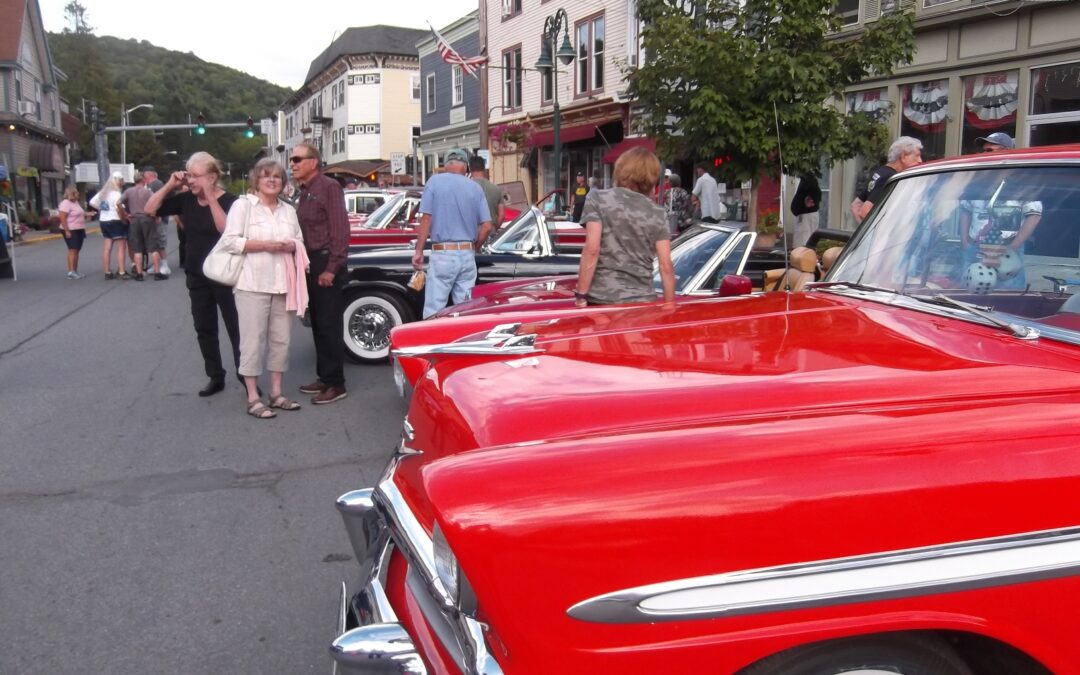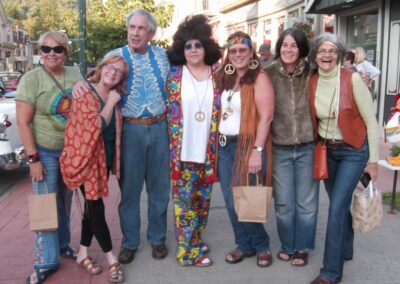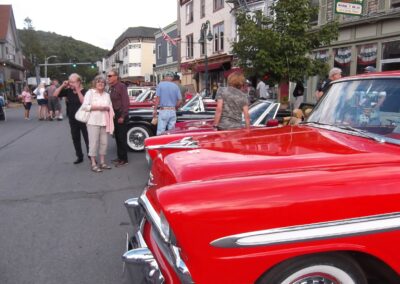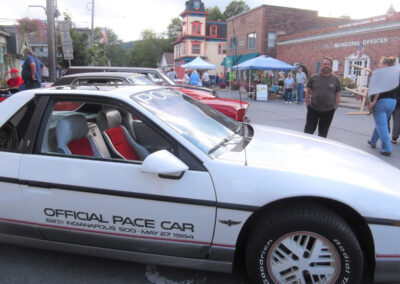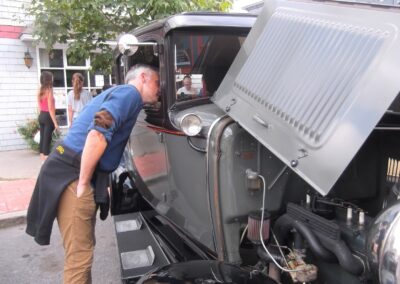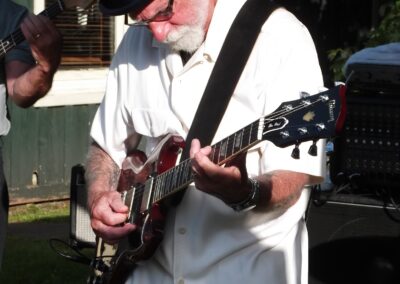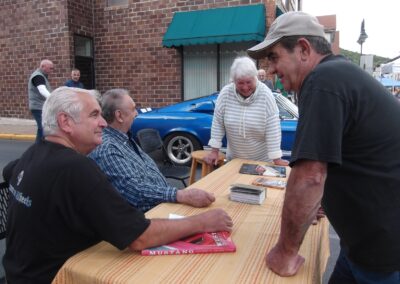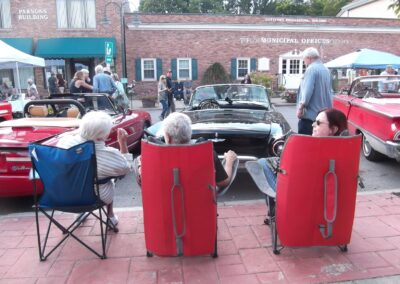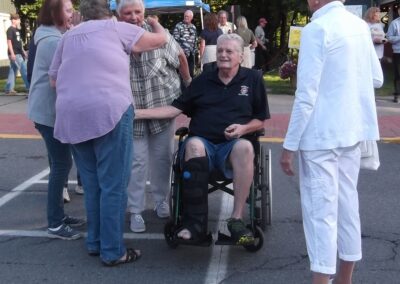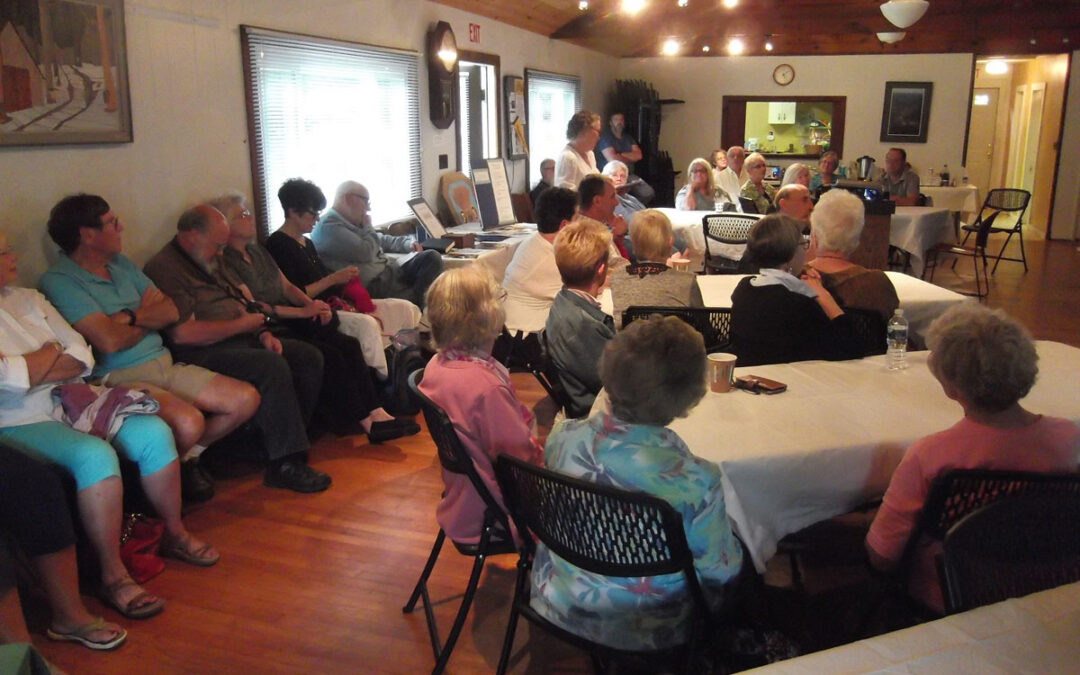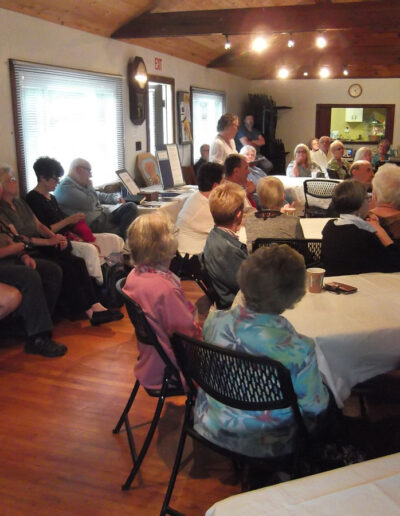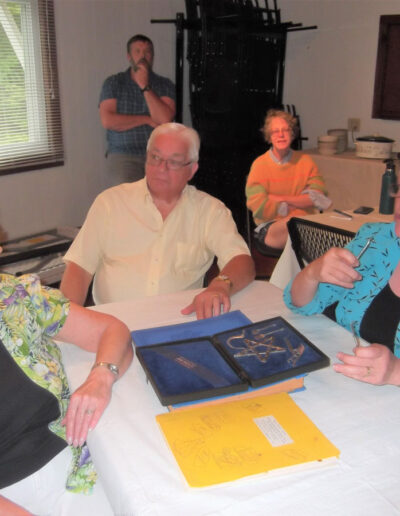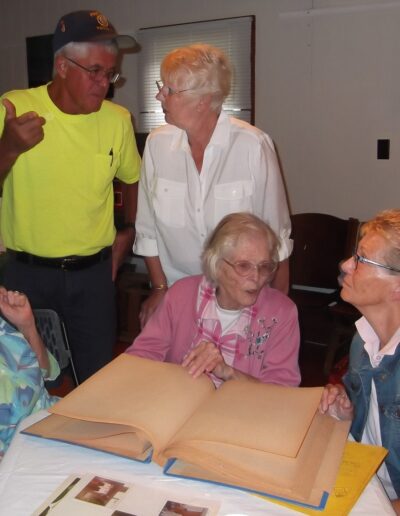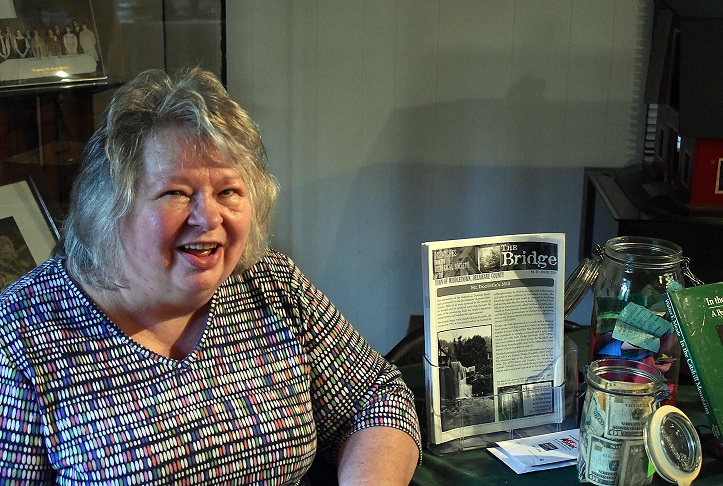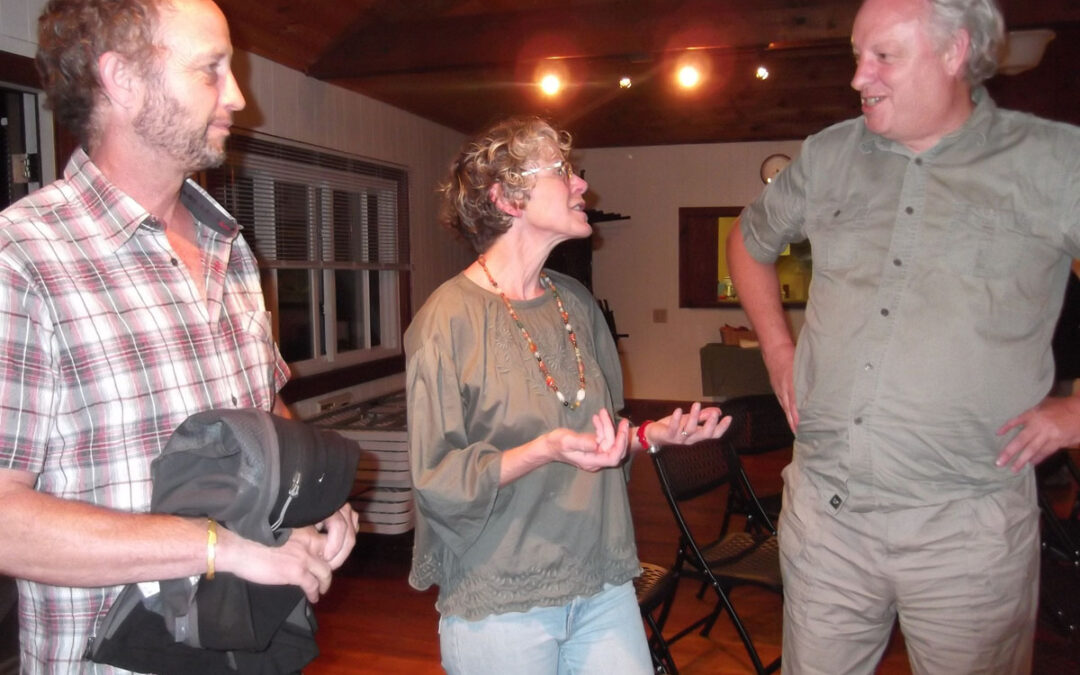Vendors, tractors sought for Cauliflower Fest
The 16th Annual Cauliflower Festival will be held Saturday, Sept. 21 in Margaretville’s Village Park, and there is still room for vendors! Tractors, too!
Businesses, artists, craftspeople, food purveyors and non-profit organizations are welcome. Find vendor forms at https://margaretvillecauliflowerfestival.org/forms/. The festival runs from 10 to 4 and traditionally attracts hundreds of people. For more information, call the Central Catskills Chamber of Commerce at 845-586-3300.
Tractors of all makes and ages are also sought for the Tractor Parade which starts at11:30 a.m. at the school parking lot on Academy Street. The route is up Main Street to the festival grounds. Contact Sally Fairbairn if you are interested in participating. 845-586-2813.

